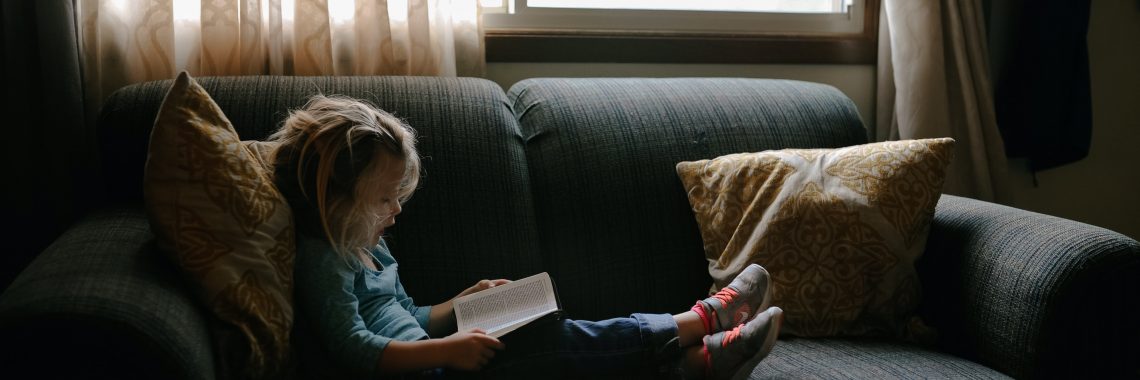Turning the Page on a Bad Court Ruling: Arkansas A.G. Continues the Fight to Protect Kids

Last week Arkansas Attorney General Tim Griffin’s office filed paperwork in federal court indicating it will appeal a bad court decision that blocked key parts an Arkansas law intended to protect children from harmful material in public libraries.
Act 372 of 2023 protects children from harmful library material. the law also eliminates exemptions for public libraries and schools in the state’s obscenity statute, and it clarifies how library patrons can work to remove objectionable material from a library’s catalog.
However, a coalition of libraries in Arkansas led by the ACLU filed a lawsuit challenging part Act 372.
As a result, U.S. District Judge Timothy Brooks in Fayetteville blocked two important sections of Act 372 — Section 1, which makes it a Class A misdemeanor to give or send a child harmful sexual material that contains nudity or sexual activity, and Section 5, which clarifies how library patrons can work to remove objectionable material from a library’s catalog.
Fortunately, Arkansas Attorney General Tim Griffin is appealing the decision to the Eighth Circuit Court of Appeals — meaning the fight to protect children under Act 372 is far from finished.
Act 372 isn’t just about library books — it’s about standing up for children. Family Council has heard repeatedly from people who are deeply troubled by obscene and inappropriate children’s books that some librarians have placed on the shelves of their local libraries.
For example, the Jonesboro public library has been at the center of multiple controversies over its decision to place books with sexually-explicit images in its children’s section and for failing to adopt a policy that separates sexual material from children’s content.
The library in Jonesboro even went so far as to post on Facebook that it isn’t the library’s responsibility to protect kids from obscenity. Following the controversy in Jonesboro, voters opted to cut the library’s millage in half.
Other public libraries in Arkansas have included graphic children’s books in their catalogs and failed to separate sexual material from children’s material as well.
Some of the people who testified publicly against Act 372 in 2023 signaled that they actually wanted to be free to share obscene material with children. That simply isn’t right.
Libraries ought to be held to the same standards as everyone else when it comes to giving harmful or obscene material to a child.
Families should be able to take their children to the library without worrying what they might see, and taxpayers should not be forced to subsidize graphic novels that depict explicit images of children engaged in sexual acts.
We are grateful to Attorney General Griffin for defending Act 372. This is a good law that protects children in Arkansas. We believe higher courts ultimately will recognize that fact and uphold Act 372 as constitutional.
Articles appearing on this website are written with the aid of Family Council’s researchers and writers.





